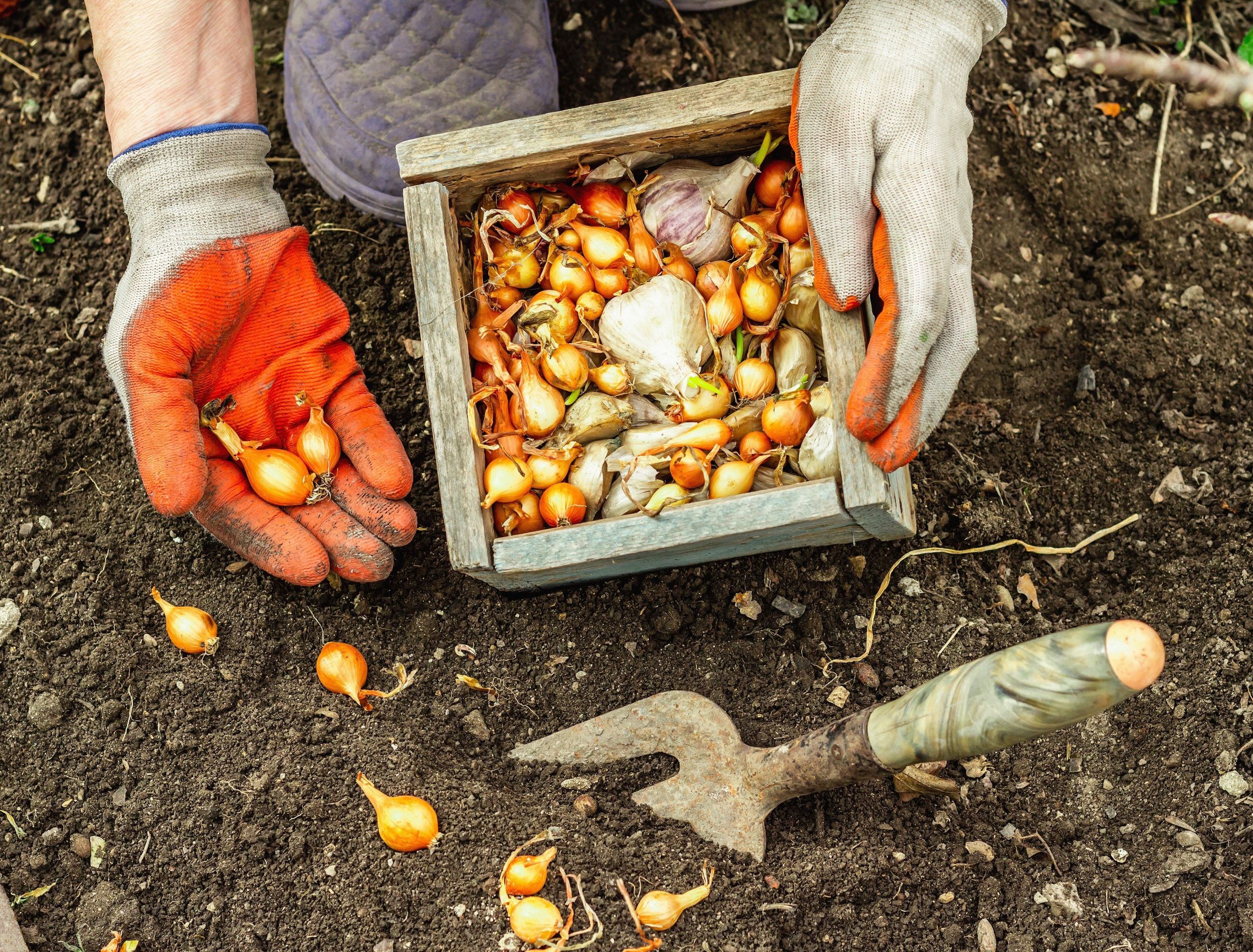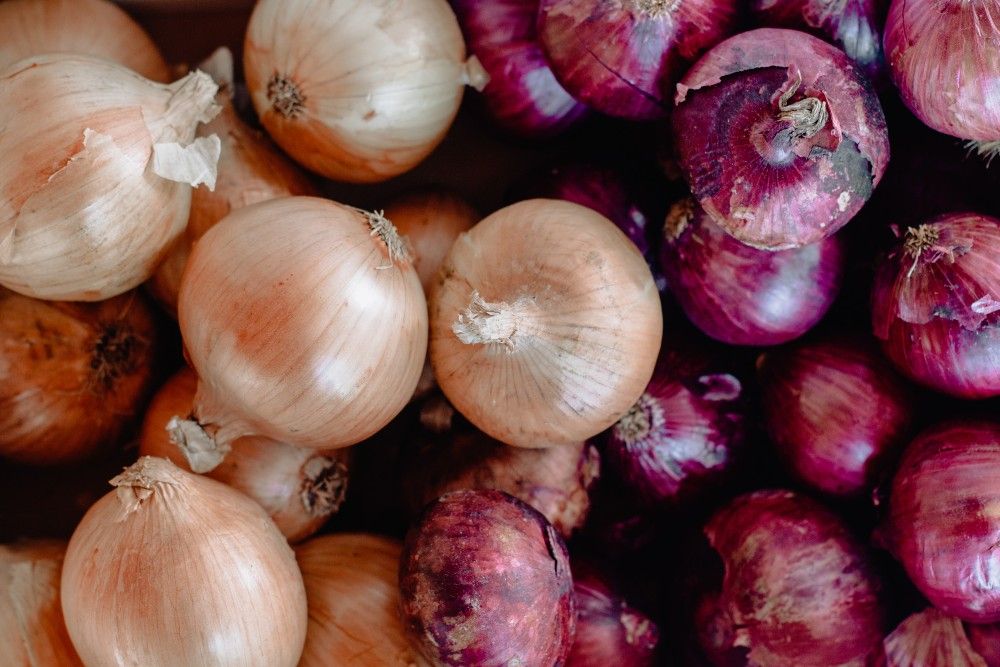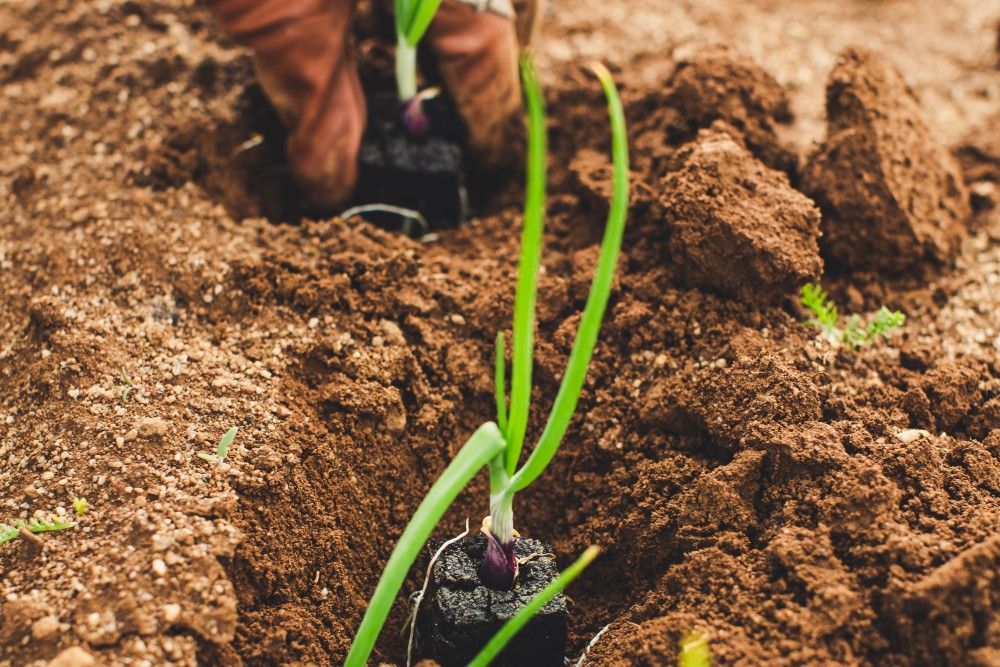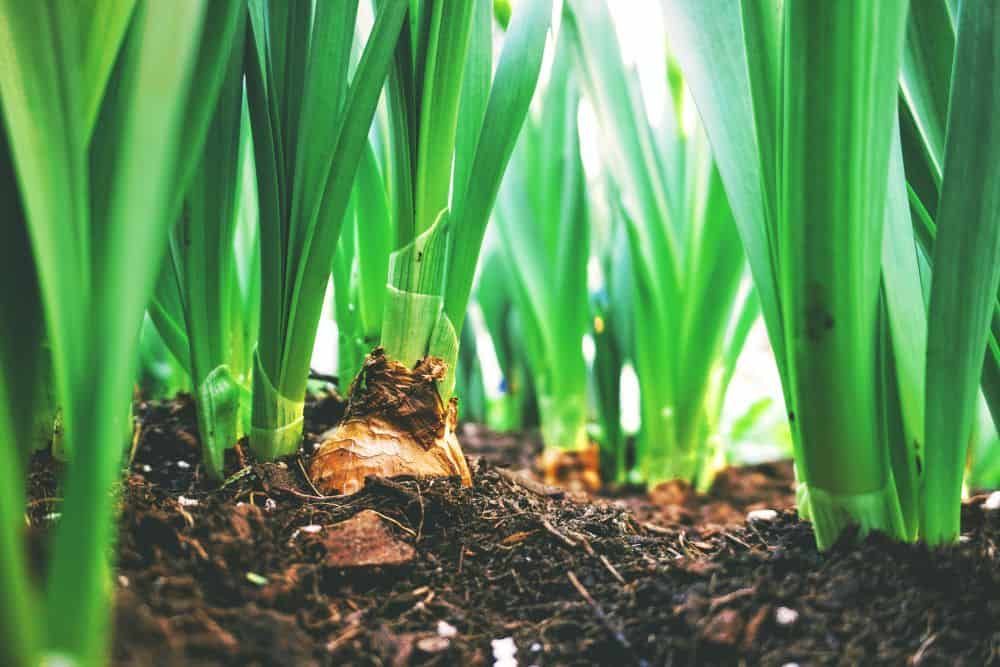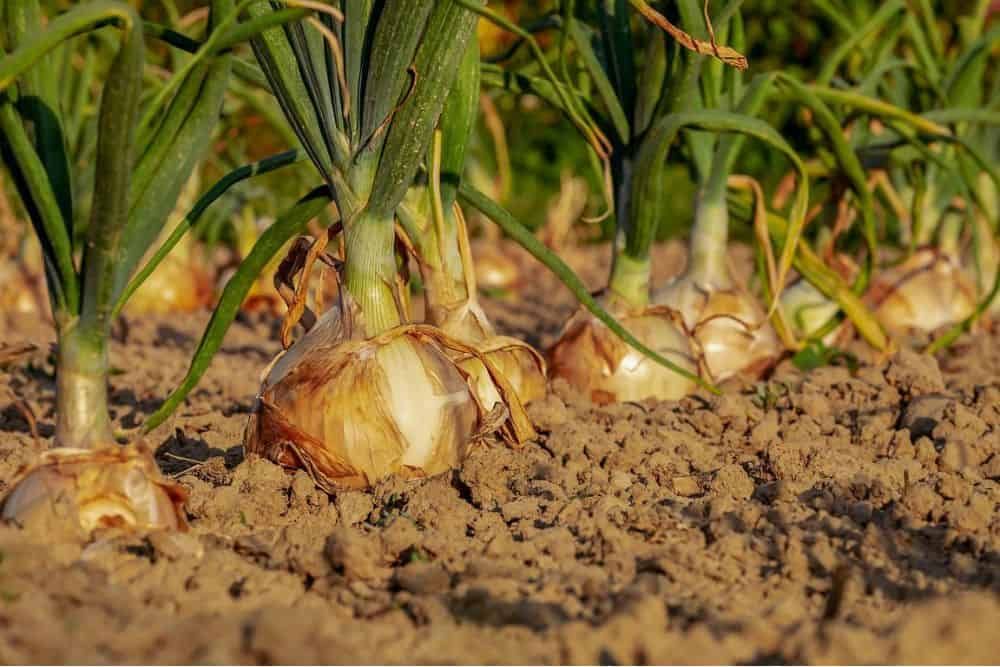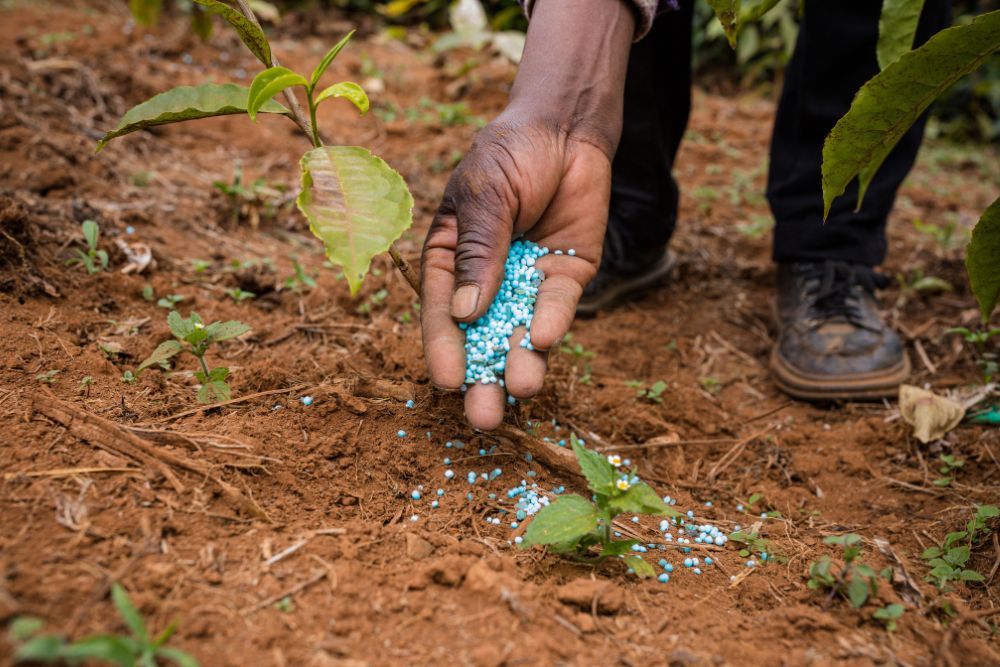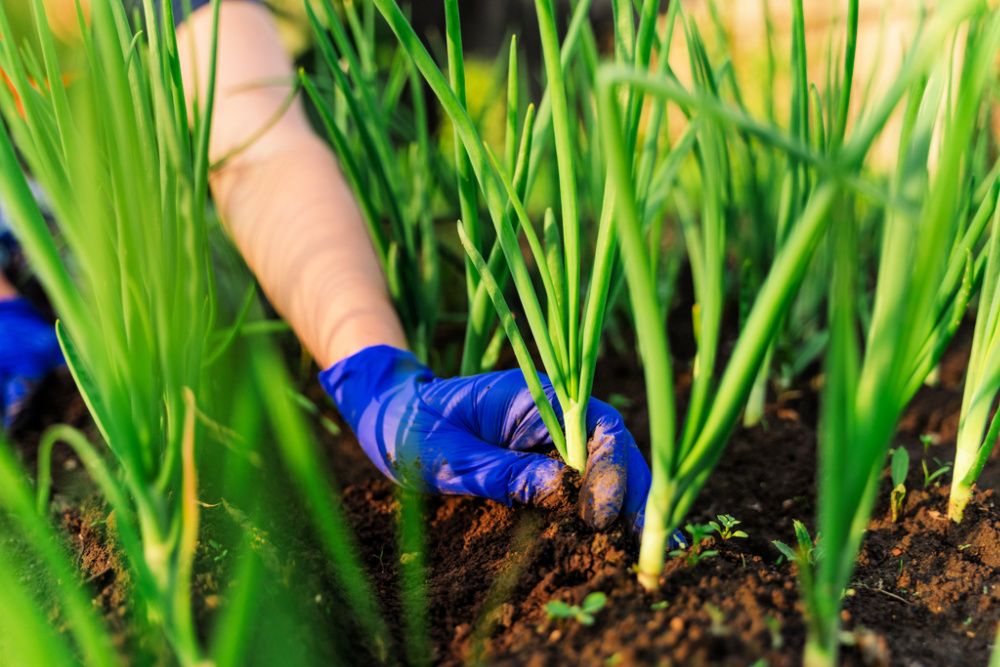Get gourmet-level flavors from home-grown onions! Onions form the basis of many cuisines, imparting an elevated taste to otherwise simple dishes. While onions are readily available at local grocery stores, those grown at home often impart a much better flavor, as they are fresh and often organic.
Fortunately, growing onions is relatively straightforward and requires only basic gardening skills. You can grow them from seeds or sets (small bulbs). However, discover seven common mistakes to avoid and enjoy a successful harvest of healthy vegetables!
1. Choosing the Wrong Variety
Image credits: Sincerely Media via Unsplash
The onion variety you grow at home depends on your preference and your region's day length. Different onion varieties are bred explicitly for varying daylights, so choosing a cultivar that can survive and thrive in your area is essential.
The different types of onions include short-day, day-neutral, and long-day.
Short-day onions prefer 10 to 12 hours of daily sunlight and grow best in zones 7 or above. These include 'White Bermuda,' 'Southern Belle,' and 'Red Burgundy.'
The day-neutral ones like to soak in 12 to 14 hours of sunlight every day and thrive in most locations. 'Candy,' 'Super Star,' and 'Red Stockton' are some of their cultivars.
Finally, long-day onions require the most light, about 14 to 16 hours, and yield an excellent harvest in cooler climates of hardy zones 6 and below. These include 'First Edition,' 'White Sweet Spanish,' and 'Ailsa Craig.'
2. Planting at the Wrong Time
Image credits: Markus Spiske via Unsplash
Onions are cool-season plants that can tolerate light frost. They need cooler temperatures compared to other plants to encourage foliage growth.
If you are growing onions from seeds, you can start them indoors or plant them directly in the soil. Start your seeds indoors about 10 weeks before your area's last frost date. They should be ready for outdoor transplanting four to five weeks after germination when the soil temperature is at least 50 degrees Fahrenheit.
To sow the seeds directly outdoors, ensure the soil is drying out and starting to warm up, usually from early March to mid-April. Onions seeds require temperatures above 40 degrees Fahrenheit to germinate. If you are growing onions using sets, put them in the grounds as soon as it is workable, around the end of March or April. The temperature should not dip below 28 degrees Fahrenheit.
3. Using Poor Soil
Image credits: Maarten van den Heuvel via Unsplash
Onions have a shallow root system and are heavy feeders. Planting them in poor soil, without added nutrients, will inhibit their growth.
Add compost or aged manure to improve the soil in the fall or early spring before planting onions. You can also mix bone meal or rock phosphate into the soil since phosphorus helps root development and bulb formation. Remove any stones or debris and ensure the soil is loose and well-draining. Compact soil will hinder bulb development.
4. Spacing Them Wrong
Image credits: Couleur via Pixabay
The ideal spacing for onion sets is about 2 to 6 inches, and for seedlings is 4 to 5 inches apart in rows 12 to 18 inches apart. Space the rows of seeds at 6- to 8-inch intervals and thin out the emerging seedlings 2 to 4 inches apart.
For seeds, space them 12 to 14 inches apart and cover them with about a ½ inch of soil.
Closer planting will produce more bulbs, but they will be small. However, if you want smaller onion bulbs, you can space them closer or plan to pull out the crops while they are still immature.
5. Incorrect Fertilization
Image credits: Antony Trivet via Pexels
Generally, onions do not require a lot of fertilization if you start with nutrient-rich soil. However, it is always helpful to keep an eye on your growing plant to look for signs of insufficient nutrients. If you notice the onion leaves turn pale yellow, it can be due to a lack of nitrogen. A potassium deficiency can cause soft, thin skin on the bulbs, browning leaves, and thick necks.
To keep your onion crop growing in optimal soil, side-dress them with nitrogen every few weeks to encourage bulb growth. Once the bulbs swell and emerge from the soil, stop feeding the plants. Don't cover the bulbs with more soil.
6. Improper Watering
Image credits: tzahiv via Canva
Onions have shallow roots, so they need consistent moisture during dry spells. About 1 inch of water per week from rain or irrigation is sufficient to keep your plants happy. However, the plants can bolt if you neglect to water them during hot, dry spells. If you notice the leaves turning yellow, it can be a sign of overwatering.
Stop watering once the bulbs swell in mid-summer. Continued irrigation after this point can make the onions unsuitable for storing successfully. Finally, prevent overhead watering as the water droplets on the foliage can promote fungal disease.
7. Harvesting at the Wong Time
Image credits: Galina Tsyrulnik via Shutterstock
The best time to harvest the onions is mid to late summer when the weather is dry. They will not cure well if you dig them out of the ground while the onions are wet from recent rainfall. Harvesting moist onions also increases the chances of rotting in storage.
Your onions are nearing maturity when the foliage begins to turn yellow and topple over. Loosen the soil around the bulbs to promote drying. Harvest them when the tips are brown, handling them gently to avoid bruising that can lead to rot.
For Top-Notch Cuisine, Plant Your Onions
Onions are fuss-free crops that are straightforward to grow if you provide them with their basic needs. Choose the suitable variety that thrives in your region and sow the seeds at the right time. Water and feed them according to their requirement, and harvest them when they indicate that they are ready!
Are you planning to grow onions this year? Share below in the comments!

